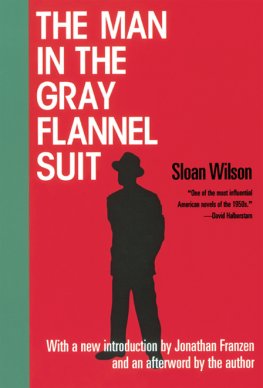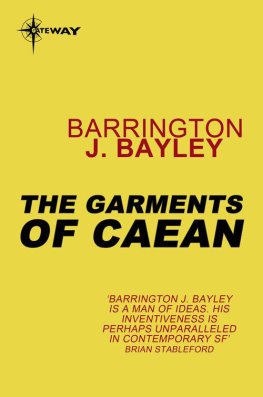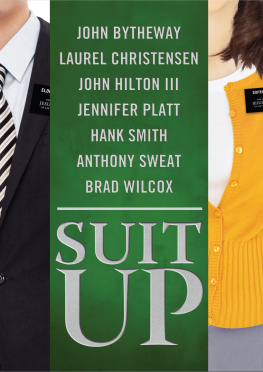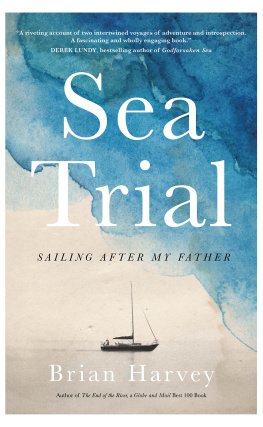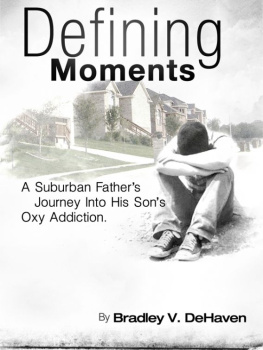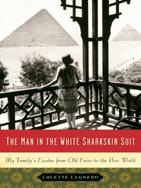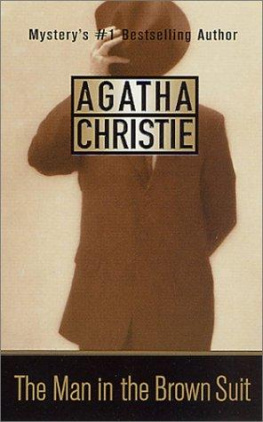ACKNOWLEDGEMENTS
This book would not have happened without my editor, Anita Chong, book designer CS Richardson, and the people of McClelland & Stewart. Anita reached out to me in the dying days of CBC Radios Sounds Like Canada with Shelagh Rogers, where I worked as an associate producer in 2008. The show was an iconic network program with an impending cancellation date, and I was at a loss as to how to carry on without it. Then out of nowhere, Anita called. She told me she had just heard my feature-length radio documentary, The Measure of a Man, on the CBC Radios Ideas. Would I be interested, she wondered, in writing a book based on it?
Initially, I said, No. I felt I had said all that I needed to say about suits in the documentary and in my work as a fashion columnist for the Vancouver Sun and CBC Radios On the Coast.
But then, a few months later, I started looking for work. I found my hand skipping over my fathers suit as I flicked through the hangers in my closet, picking clothes to wear during my job search. Then there was that scent.
It was a scent I had described in the radio documentary, and once again it fired my synapses. I called Anita, and so began a long personal journey exploring these memories of my father.
So, thank you, Anita, for bringing me closer to my memories and to him.
I am also grateful to CBC radio producer Kathleen Flaherty, who helped shepherd the radio version of this foray. It was Kathleen who said, when I still thought The Measure of a Man concerned itself with only fashion, This doc is really about fathers. I didnt understand what she meant at the time, but I do now. Kathleen, youre the best.
I also wish to thank Bill Wong, Jack Wong, and all the men of Modernize Tailors. They are all great teachers and exceedingly kind souls.
CBC producers Karen Burgess, Phillip Ditchburn, Theresa Duvall, Yvonne Gall, Laura Palmer, Anne Penman, and Cathy Simon are all dear to me for allowing me to be a journalist who always got involved in the story and to break nearly all the rules.
Thanks also to Charlie Smith, editor-in-chief of the Georgia Straight, and Juanita Ng of the Vancouver Sun, for letting my cock-eyed view of fashion grace their newsprint pages.
Thanks to William Skinner of Dege & Skinner; tailors Paul Frearson and Rory Duffy of Henry Poole & Company; tailor errant David Wilkes; Andrew Bolton, curator of the Costume Institute at the Metropolitan Museum; fashion designer and writer Alan Flusser; and historian Anne Hollander: for spending beautiful late-autumn days in London, Vancouver, and New York with me, and sharing their knowledge of suits; they have my gratitude.
My final and deepest thanks go to my mother and siblings, and, of course, my wife, Melissa, who marshalled our meagre resources so I could write over the last two years. It was not easy, and she did this out of love and hope for better days to come. I love you and the boys. I couldnt have done anything without you.

The following books have a special place on my shelf and I recommend them for further reading:
Angeloni, Umberto. The Boutonniere: Style in Ones Lapel. New York: Universe, 2000.
Chenoune, Farid. A History of Mens Fashion. Paris: Flammarion, 1993.
Edward VIII, the Duke of Windsor, A Family Album. London: Cassell & Company, 1960.
Flusser, Alan. Dressing the Man: Mastering the Art of Permanent Fashion. New York: HarperCollins, 2002.
Hollander, Anne. Sex and Suits: The Evolution of Modern Dress. New York: A.A. Knopf, 1994.
Martin, Richard, and Harold Koda. Jocks and Nerds: Mens Style in the Twentieth Century. New York: Rizzoli, 1989.
de Marly, Diana. Fashion for Men: An Illustrated History. London: B.T. Batsford, 1985.
Smith, Russell. Mens Style: The Thinking Mans Guide to Dress. Toronto: McClelland & Stewart, 2007.

Wherever possible, I have tried to acknowledge within the text the original source material for the quotations that appear throughout the book. For the readers reference, here are a few additional acknowledgements.
The lyrics on are from the traditional folk song The Water Is Wide.
William Thourlbys quotation on is from Thourlbys You Are What You Wear (New York: Forbes/Wittenburg & Brown, 1990).
The Beau Brummell quotations come from three main sources: William Jesse, The Life of George Brummell, Esq., Commonly Called Beau Brummell (London: J.C. Nimmo, 1886); Grace and Philip Wharton, The Wits and Beaux of Society (New York: Harper & Brothers, 1861); and William Russell, Eccentric Personages (John Maxwell and Company, 1864).
The quotations from Suzie Mackenzies profile of Giorgio Armani on are from the article The Gentle Touch, The Guardian, December 11, 2004.
The epigraph on is from H.J. Chappells Salesmanship for Tailors, as cited in A.S. Bridgland (ed.), The Modern Tailor, Outfitter, and Clothier (London: Caxton, 1928), vol. 2.
The quotation on is from Yugen Matsumura, as cited in Dorinne Kondos About Face: Performing Race in Fashion and Theater (New York: Routledge, 1997).

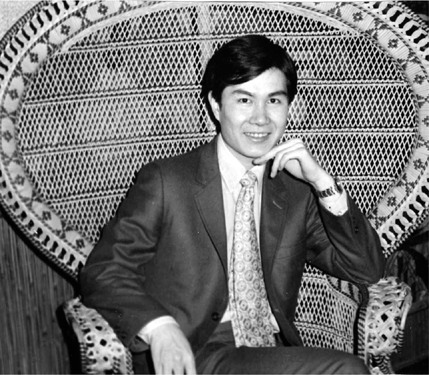
AUTHORS NOTE
This book, like a good suit, required a great deal of steaming, ironing, stretching, and gathering to make an acceptable whole. To achieve narrative coherence, I have taken certain liberties. For example, since 2006, I have attempted to alter my fathers suit numerous times. All of them were abortive or tentative until I gritted my teeth and went for it with gusto in 2010. For dramatic purposes, I have synthesized all past efforts to read as one prolonged campaign.
Though my studies with Bill Wong occurred in 2006 and 2007 (and were documented as a tangent in the excellent 2008 film about Bills life, Tailor Made, by director Len Lee and producer and co-director Marsha Newberry), Ive taken certain liberties with the timeline for narrative flow. These helped to organize the memories of my childhood and of my father, and the memories of my time with Bill. As a side effect, strange, wonderful, and revelatory anachronisms pop up in this memoir. I find them felicitous, and as this book is about unity and bringing the past, present, and future together, I felt no need to correct or suppress them.
Finally, after writing the final draft, I discovered that certain moments as I recalled them did not occur in the sequence I remembered. Quite a shock. But because I had taken them as truths for so long, and the misremembered had motivated my past actions and inform my understanding of my life, I have left them unrevised. Memory, it would seem, is its own tailor.
My illustrations of historical figures were adapted from the following sources.
| : | Charles II, after an etching by Coryn or Quirin Bol (Boel), 1660s, National Portrait Gallery. |
| : | Beau Brummell, after a watercolour by Richard Dighton, 1805. |
| : | Armani sportscoat, after a still of Richard Gere from the film American Gigolo, 1980. |
| : | Samurai of Chsh and Satsuma in Western dress, after photographs by Felice Beato, ca. 1870. |

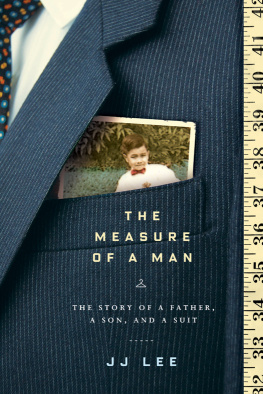
![Dzhon Makdonald - The Girl in the Yellow Suit [story]](/uploads/posts/book/916411/thumbs/dzhon-makdonald-the-girl-in-the-yellow-suit.jpg)
